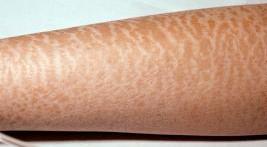|
|
||
|
||
|
Privacy Policy | Editorial Policy | Profit Policy | Join the Association | List of Members | Contact us | Index | Links |
||
|
Back Go to page: 1 2 3 4 5 6 7 8 9 10 11 12 13 14 15 16 17 18 19 20 Forward
|
||
|
Health and Life Style. |
||
|
|
||
|
Defence Health.
If you’re looking for a Health Fund to cover yourself and your family, you could look at Defence Health. (See HERE.)
Defence Health, which has been around for more than 60 years, is a not-for-profit organisation which focuses on keeping premiums low. Not-for-profit means member contributions stay in the fund for the benefit of all members.
Anyone who has served in the ADF, as well as their partners and children, is eligible to join Defence Health. You will also be eligible if:
Defence Health also offers a competitive Travel Insurance.
The Federal Government has a web site which allows you to check prices and benefits offered by various Health Funds. You can find it here. http://www.privatehealth.gov.au/
|
||
|
My mate just hired an Eastern European cleaner, took her 15 hours to hoover the house. Turns out she was a Slovak.
|
||
|
Health Assessment.
All former serving ADF personnel can access a health assessment from their general practitioner (GP).
This is a comprehensive health assessment which can help your GP identify and diagnose the early onset of any mental or physical health conditions you may be experiencing. Your GP will then be able to treat you or refer you to other services, as necessary. A Medicare rebate is available for this assessment. To find out more, click HERE.
Talk to your GP, tell them you have served in the ADF and ask them about this health assessment.
Sunglasses.
When
you're choosing sunglasses, does UV protection matter? Yes,
ultraviolet (UV) eye protection matters. UV radiation from the sun
can damage not only the skin of your eyelid but also the cornea,
lens and other parts of the eye. UV exposure also contributes to the
development of certain
The colour and degree of darkness sunglasses provide have nothing to do with the sunglasses' ability to block UV rays. Also, opt for wraparound sunglasses or close-fitting sunglasses with wide lenses that protect your eyes from every angle. Some contact lenses also offer UV protection, but should be worn in combination with sunglasses to maximize protection.
|
||
|
Since the snow came, all the wife has done is look through the window. If it gets any worse, I'll have to let her in.
|
||
|
Strength training: Get stronger, leaner, healthier.
Strength training is an important part of an overall fitness program. Here's what strength training can do for you, and how to get started.
Want to reduce body fat, increase lean muscle mass and burn calories more efficiently? Strength training to the rescue! Strength training is a key component of overall health and fitness for everyone.
Use it or lose it.
Lean
muscle mass naturally diminishes with age. You'll increase the
percentage of fat in your body if you don't do anything to replace
the lean muscle you lose over time. Strength training can help you
preserve and enhance your muscle mass at any age.
Strength training may also help you:
Consider the options.
Strength training can be done at home or in the gym. Common choices include:
Getting started
If you have a chronic condition, or if you're older than 40 and you haven't been active recently, check with your doctor before beginning a strength training or aerobic fitness program. Before beginning strength training, consider warming up with brisk walking or another aerobic activity for five or 10 minutes. Cold muscles are more prone to injury than are warm muscles. Choose a weight or resistance level heavy enough to tire your muscles after about 12 to 15 repetitions. When you can easily do more repetitions of a certain exercise, gradually increase the weight or resistance. Research shows that a single set of 12 repetitions with the proper weight can build muscle efficiently in most people and can be as effective as three sets of the same exercise. To give your muscles time to recover, rest one full day between exercising each specific muscle group. Also be careful to listen to your body. If a strength training exercise causes pain, stop the exercise. Consider trying a lower weight or trying it again in a few days.
It's important to use proper technique in strength training to avoid injuries. If you're new to weight training, work with a trainer or other fitness specialist to learn correct form and technique.
When to expect results:
You don't need to spend hours a day lifting weights to benefit from strength training. You can see significant improvement in your strength with just two or three 20 or 30 minute weight training sessions a week. The US Department of Health and Human Services recommends incorporating strength training exercises of all the major muscle groups into a fitness routine at least twice a week. As you incorporate strength training exercises into your fitness routine, you may notice improvement in your strength over time. As your muscle mass increases, you'll likely be able to lift weight more easily and for longer periods of time. If you keep it up, you can continue to increase your strength, even if you're not in shape when you begin.
Click HERE to see some videos on body-weight exercises you can do with little or no equipment..
|
||
|
A boy asks his granny, 'Have you seen my pills, they were labelled LSD? Granny replies, never mind your pills, have you seen the dragons in the kitchen?
|
||
|
Does whitening toothpaste actually whiten teeth?
Whitening toothpaste can appear to whiten teeth slightly by removing surface stains, such as those caused by drinking coffee or smoking, however, whitening toothpastes can't change the natural colour of your teeth or lighten a stain that goes deeper than a tooth's surface. Unlike other tooth-whitening products, whitening toothpastes don't contain peroxide. To remove surface stains, whitening toothpaste typically includes:
When used twice a day, whitening toothpaste can take from two to six weeks to make teeth appear whiter. Whitening toothpastes that contain blue covarine can have an immediate effect. Although whitening toothpastes are typically designed to maximize cleaning and minimize wear on tooth enamel, be careful to follow manufacturer recommendations.
If you're considering using a whitening toothpaste, look for a brand that has a seal of approval from a reputable dental organization. This seal indicates that the toothpaste is safe and effective at removing surface stains. If you're not satisfied with the effect of whitening toothpaste, ask your dentist or dental hygienist about other tooth-whitening options — such as over-the-counter or professional bleaching products.
Dandruff
Dandruff is a common chronic scalp condition marked by flaking of the skin on your scalp. Although it isn't contagious and is rarely serious, it can be embarrassing and sometimes difficult to treat. The good news is that dandruff usually can be controlled. Mild cases of dandruff may need nothing more than daily shampooing with a gentle cleanser. More stubborn cases of dandruff often respond to medicated shampoos. For most teens and adults, dandruff symptoms are easy to spot: white, oily looking flakes of dead skin that dot your hair and shoulders, and a possibly itchy, scaly scalp. The condition may worsen during the autumn and winter, when indoor heating can contribute to dry skin.
A type of dandruff called cradle cap can affect babies. This disorder, which causes a scaly, crusty scalp, is most common in newborns, but it can occur anytime during infancy. Although it can be alarming for parents, cradle cap isn't dangerous and usually clears up on its own by the time a baby is 3 years old.
When to see a doctor!
Most cases of dandruff don't require a doctor's care. But if you're still scratching your head after several weeks of experimenting with over-the-counter (OTC) dandruff shampoos, or if your scalp becomes red or swollen, see your doctor or dermatologist. You may have seborrheic dermatitis or another condition that resembles dandruff. Often your doctor can diagnose the problem simply by looking at your hair and scalp.
Dandruff can have several causes, including:
Almost anyone can have dandruff, but certain factors can make you more susceptible:
|
||
|
Frank always looked on the bright side. He would constantly irritate his friends with his eternal optimism. No matter how horrible the circumstance, he would always reply, "It could have been worse." To cure him of his annoying habit, his friends decided to invent a situation so completely bad, so terrible, that even Frank could find no hope in it. On the golf course one day, one of them said, "Frank, did you hear about Tom? He came home last night, found his wife in bed with another man, shot them both and then turned the gun on himself!" "That's awful," said Frank, "But it could have been worse." "How in the hell," asked his bewildered friend, "Could it have been worse?" "Well," replied Frank, "If it happened the night before, I'd be dead now!"
|
||
|
Dry Skin.
Ordinarily, dry skin isn't serious, but it can be uncomfortable and
unsightly, creating fine lines and wrinkles. Serious dry skin
conditions, an inherited group of disorders called ichthyosis, can
sometimes be disfiguring and upsetting. Fortunately, environmental
factors that can be at least partially
Chronic or severe dry skin problems may require evaluation by a doctor who specializes in skin (dermatologist), but first you can do a lot on your own to improve your skin, including using moisturizers and avoiding harsh, drying soaps.
Dry skin is often temporary, you get it only in winter, for example, but it may be a lifelong condition. And although skin is often driest on your arms and lower legs, this varies from person to person. What's more, signs and symptoms of dry skin depend on your age, your health, where you live, time spent outdoors and the cause of the problem.
Dry skin is likely to cause one or more of the following:
When
to see a doctor.
Most cases of dry skin respond well to lifestyle and home remedies. See your doctor if:
Dryness and itching interfere with sleeping.
Dry skin is often temporary but it may be a lifelong condition, and although skin is often driest on your arms and lower legs, this varies from person to person. What's more, signs and symptoms of dry skin depend on your age, your health, where you live, time spent outdoors and the cause of the problem.
Dry skin is likely to cause one or more of the following:
See your doctor if:
Although anyone can develop dry skin, you may be more likely to develop the condition if you:
In some people who have a tendency toward eczema, dry skin that's not cared for can lead to:
These complications are most likely to occur when your skin's normal protective mechanisms are severely compromised. For example, severely dry skin can cause deep cracks or fissures, which can open and bleed, providing an avenue for invading bacteria.
|
||
|
99% of lawyers give the rest a bad name.
|
||
|
|
||
|
|
||
|
|
||
|
Back Go to page: 1 2 3 4 5 6 7 8 9 10 11 12 13 14 15 16 17 18 19 20 Forward |
||
|
|


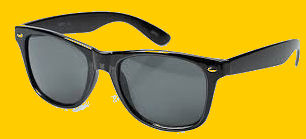 types of cataracts, growths on the eye and possibly macular
degeneration.
types of cataracts, growths on the eye and possibly macular
degeneration.
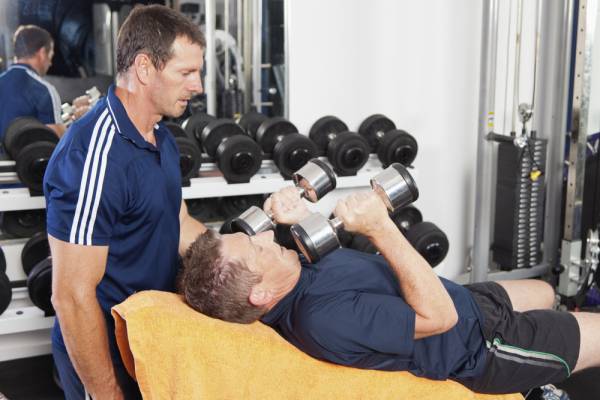
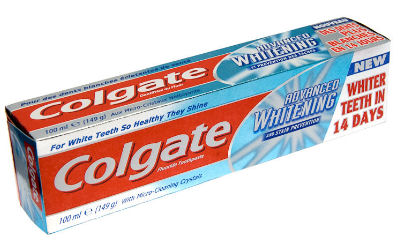

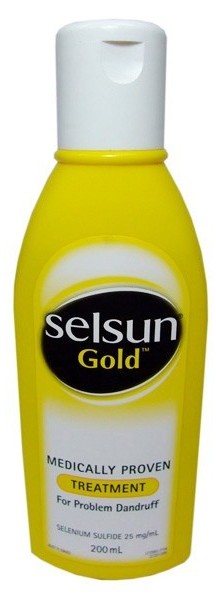
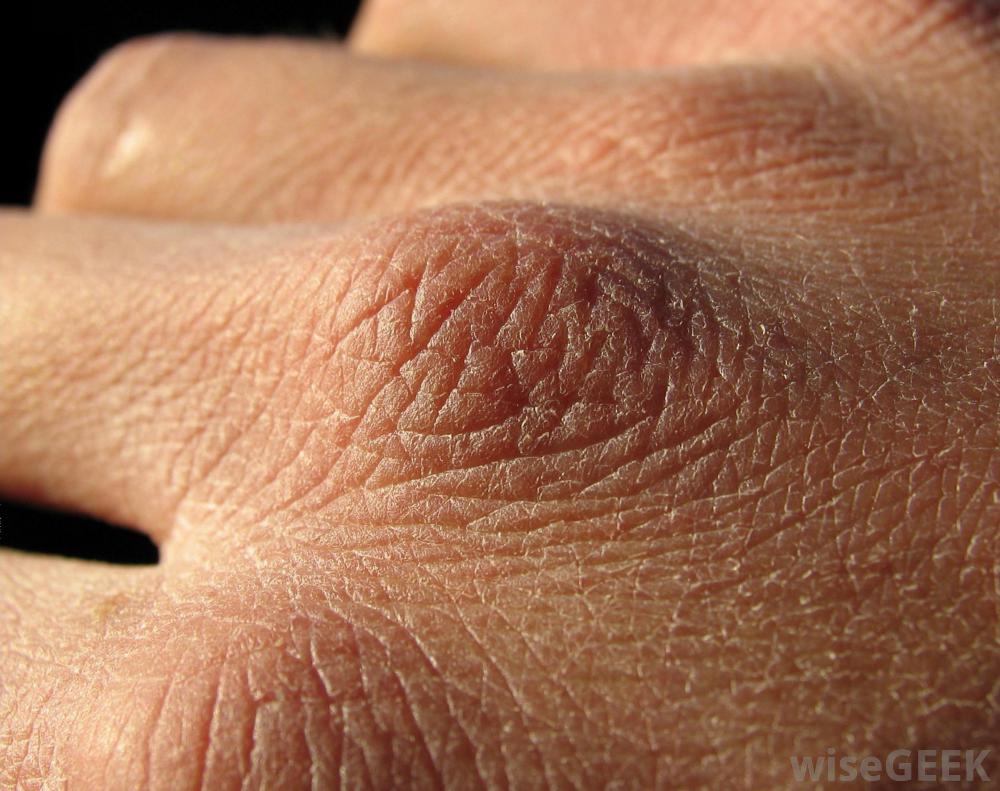 controlled cause most dry
skin. These factors include hot or cold weather, low humidity and
soaking in hot water.
controlled cause most dry
skin. These factors include hot or cold weather, low humidity and
soaking in hot water.